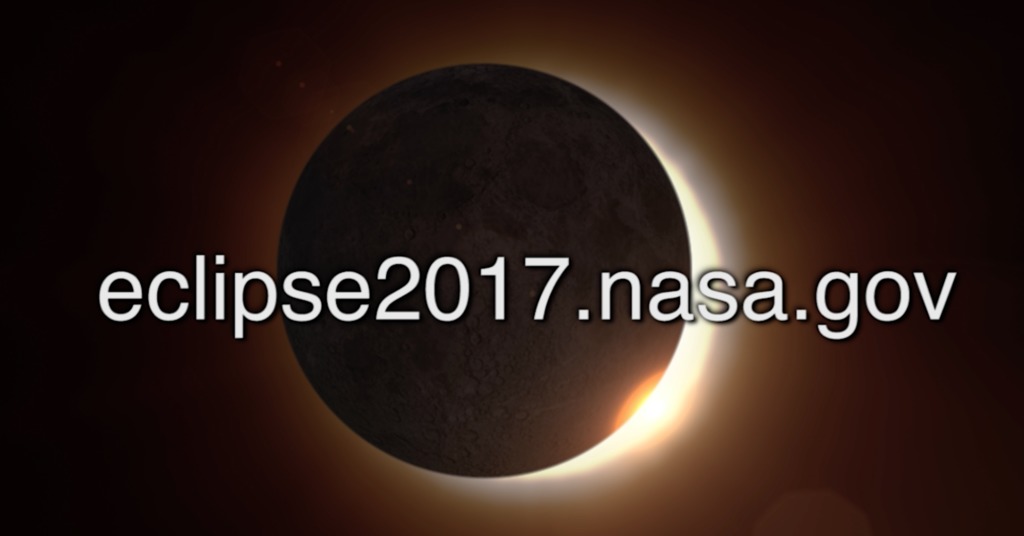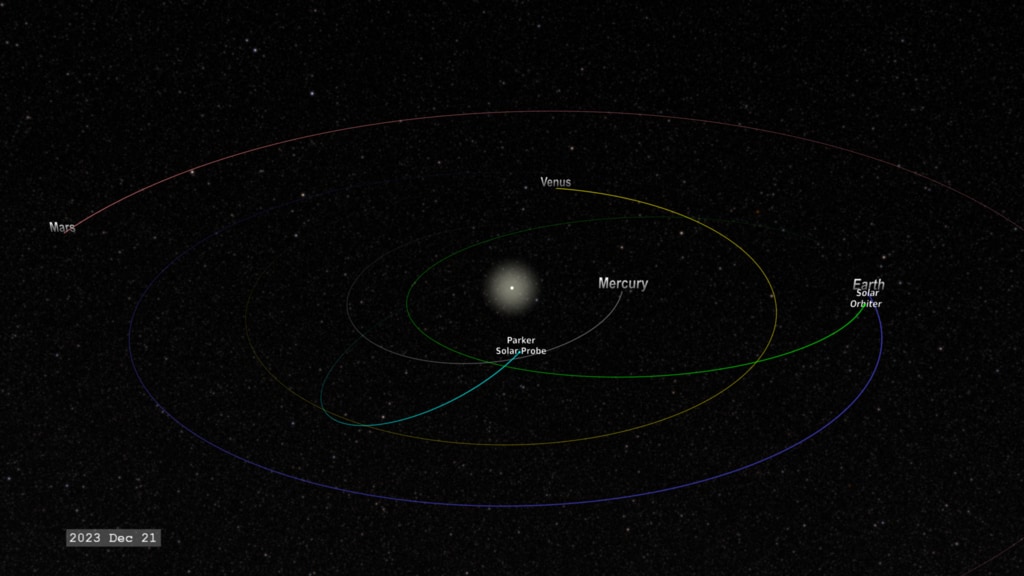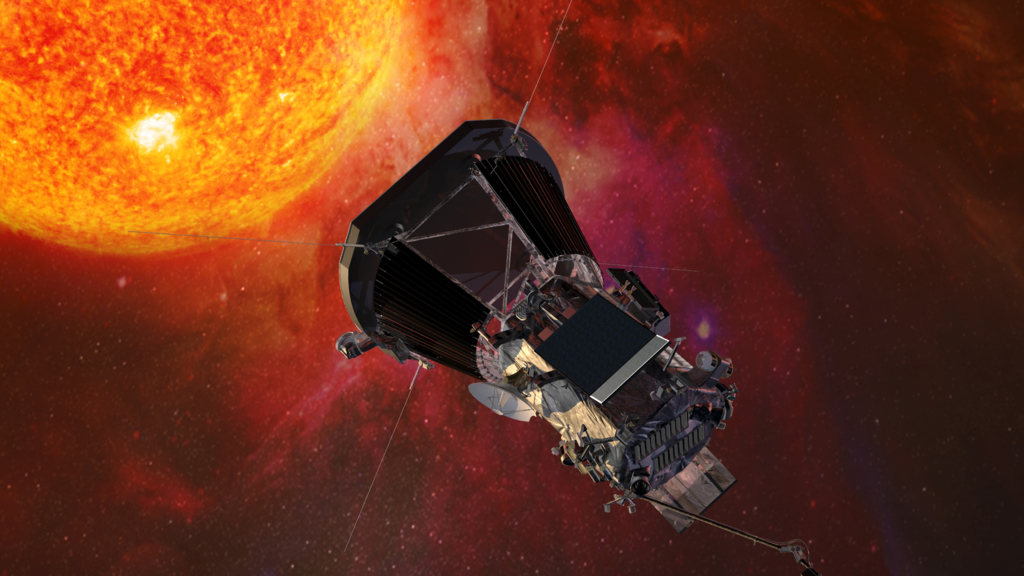A newer version of this visualization is available.
Heliospheric Future: Parker Solar Probe (formerly Solar Probe Plus) & Solar Orbiter
Two future missions scheduled for detailed studies of the Sun and solar atmosphere are Parker Solar Probe and Solar Orbiter.
Parker Solar Probe will move in a highly-elliptical orbit, using gravity-assists from Venus to move it closer to the Sun with each pass. The goal is to get the spacecraft to fly through the corona at a distance of 9.5 solar radii.
Solar Orbiter will use Earth and Venus gravity assists to move into a relatively circular orbit, inside the orbit of Mercury for monitoring the Sun.
This movie illustrates the planned trajectories for Solar Orbiter and Parker Solar Probe.

Opening view of the inner solar system, 2016.

Solar Orbiter leaves Earth and gets a gravity-assist from Venus.

Parker Solar Probe enters an elliptical solar orbit.

Parker Solar Probe uses repeated Venus flybys to move its perihelion closer to the Sun.

Solar Orbiter & Parker Solar Probe approach their final orbits.

An End-of-Mission configuration.
Credits
Please give credit for this item to:
NASA/Goddard Space Flight Center Scientific Visualization Studio
-
Animator
- Tom Bridgman (Global Science and Technology, Inc.)
-
Producer
- Scott Wiessinger (USRA)
Release date
This page was originally published on Thursday, September 20, 2012.
This page was last updated on Sunday, January 5, 2025 at 10:14 PM EST.
Missions
This page is related to the following missions:Series
This page can be found in the following series:Datasets used
-
DE421 (JPL DE421)
ID: 752Planetary ephemerides
This dataset can be found at: http://ssd.jpl.nasa.gov/?ephemerides#planets
See all pages that use this dataset -
SPICE Ephemerides (SPICE Ephemerides)
ID: 755Satellite and planetary ephemerides
See all pages that use this dataset
Note: While we identify the data sets used on this page, we do not store any further details, nor the data sets themselves on our site.


